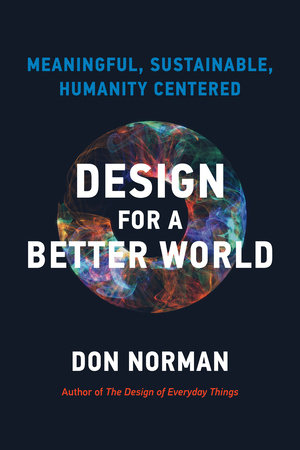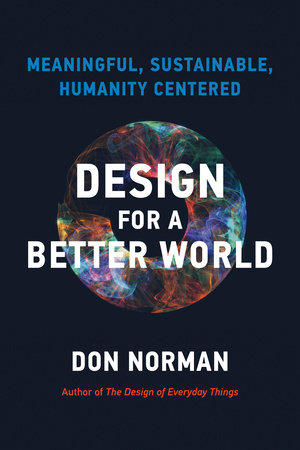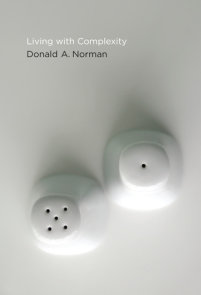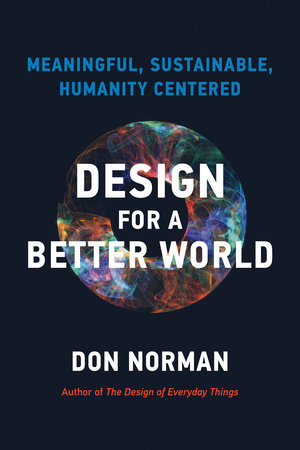

Design for a Better World
By Donald A. Norman
By Donald A. Norman
By Donald A. Norman
By Donald A. Norman
By Donald A. Norman
By Donald A. Norman
Category: Design | Science & Technology | Politics
Category: Design | Science & Technology | Politics
Category: Design | Science & Technology | Politics

-
$24.95
Apr 02, 2024 | ISBN 9780262548304
-
$29.95
Mar 21, 2023 | ISBN 9780262047951
-
Mar 21, 2023 | ISBN 9780262373845
YOU MAY ALSO LIKE
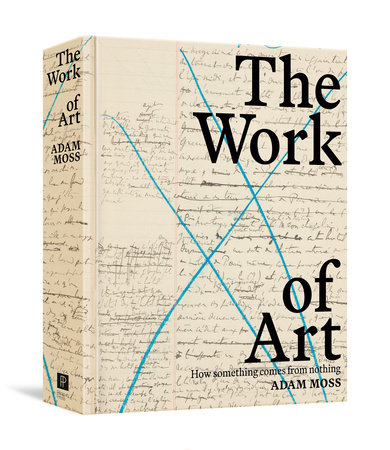
The Work of Art
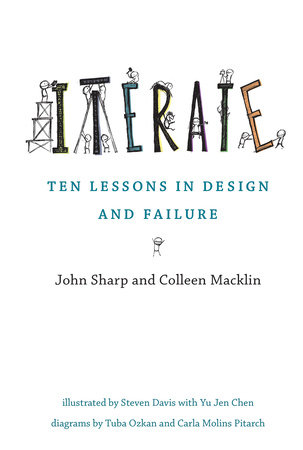
Iterate

Legendary Lighthouses of Britain
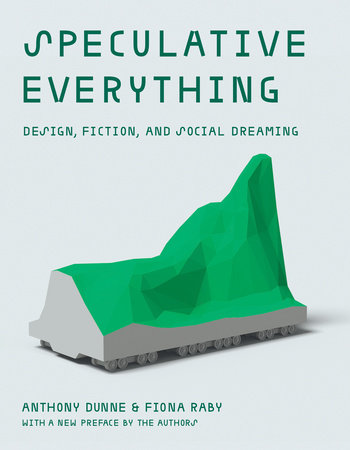
Speculative Everything, With a new preface by the authors
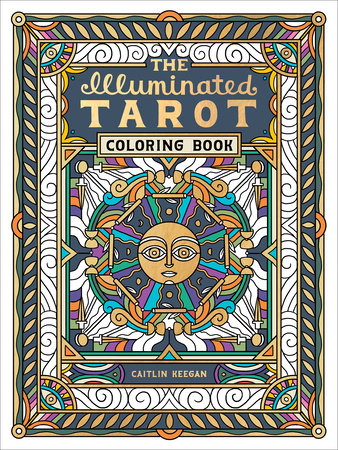
The Illuminated Tarot Coloring Book

Design for a Better World

Rocking Smocking
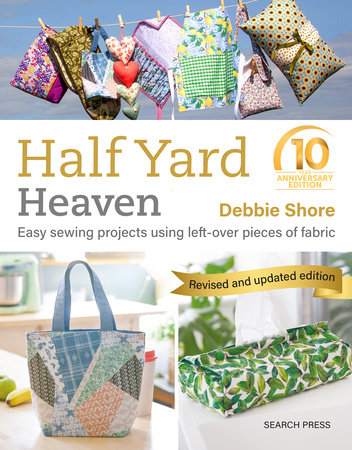
Half Yard Heaven – 10 year anniversary edition

Designing with the Body
Praise
“A brave attempt to expand the scope of what one considers the possibility and responsibility of good design.”
—Worth
“Norman’s book is admirably ambitious.”
—Fast Company’s Co.Design
“Don Norman has worked in electrical engineering, cognitive psychology, computer science and design, in academia and industry. Now in his eighties, he draws on this experience to explain how designers, governments and industry must “broaden the notion of design from human centred to humanity centred”. In other words, they must emphasize quality of life, not monetary rewards, and reject harmful economic metrics. Only thus, he argues, will we survive the current environmental and economic crises.”
—Nature
“Norman (founding dir., Design Lab, Univ. of California–San Diego; Living with Complexity) looks out on a world beset by climate change, inequality, and unconscionable waste. Nonetheless, he is optimistic. He believes that humans can change what they’ve created. Design is the key, for it can mobilize systems to address the complex interface that technologies, policies, and people have.”
—Library Journal
“Norman (emer., Univ. of California, San Diego) offers a treatise on sustainable design, positing that too much of the world is designed rather than natural. According to Norman, people are surrounded by artifacts such as homes, clothes, tools, and books. This situation projects backward over millennia to hunting and farming existence. People born into this way of living have difficulty thinking of alternatives. Norman challenges readers to change their way of being, recognizing that people, nature, and the environment are a single complex system in which any change to a part might impact the whole. According to Norman’s argument, designed things change the way people behave, act, and live: “we design the world, and it, in turn, designs us” . He calls for a mobilization of the many to change the world into one in which success is measured not in money but in the wellness and happiness of all people. He believes the design profession must be rethought and move toward a circular economy centered on recycling through designing for repair, regeneration, and reuse. Summing Up: Recommended. Upper-division undergraduates. Graduate students and professionals.”
—CHOICE
“Don’s Design for a Better World challenges the reader to critically examine the normative existing systems that inform and construct our everyday lives. Through pragmatic explorations, the book uncovers biases within calendar systems, scientific measurements and other constructions that constrain our existence for potential meaningful change. This book is an excellent introduction for those interested in human-centered design, design justice, systems design and the role of design in informing sustainable practices. Don’s perspective is refreshing and optimistic, urging everyone to consider dismantling existing systems of power to bring about a ‘better world.'”
—The Association of Registered Graphic Designers
Table Of Contents
TABLE OF CONTENTS…
1 Almost Everything Artificial Has Been Designed 3
2 Our Artificial Way of Life is Unsustainable 11
3 Why History Matters 15
4 Precise–but Artificial–Measurements 27
5 If Technology Got Us into Today’s Situation,
Maybe Technology Can Can Get Us Out 39
6 This Book: Meaningful, Sustainable, and Humanity Centered 47
7 The Need for Meaning 57
8 Measurement in the Physical Sciences 63
9 Measuring What is Important to People 67
10 The Gross Domestic Product 79
11 What Measures Are Truly Important to People? 87
12 Human Behavior and Economics 103
13 We Live in the Age of Waste 115
14 How Did the World Get into Today’s Quandary 119
15 Sustainability Has Multiple Components and Implications 125
16 Design, Products, Sustainability, and the Circular Economy 131
17 The Practical Difficulties of Implementing Circular Design 139
18 Sustainable, Robust, and Resilient Systems 147
19 People’s Understanding of Systems 155
20 Working with Complex Sociotechnical Systems 167
21 It Is Not Too Late 177
22 Moving from Humans to Humanity 181
23 Democratizing Design and Development 187
24 People Designing for Themselves 195
25 DesignX: An Approach to Large, Complex Systems 203
26 Where Incrementalism (Muddling Through) Fails 209
27 Incremental Modular Design 213
28 When Large, Multidisciplinary Projects Are Necessary 217
29 Dealing with Scale 225
30 Design: Necessary but Not Sufficient 231
31 Why Change is Difficult 239
32 People Will Mobilize for a Common Goal 249
33 What Must Change? 251
34 The Dominance of Technology 265
35 The Future of Technology 275
36 What Can Be Done? 285
37 What Can We Do? 291
38 The Major Points of This Book 301
Acknowledgments 311
Notes 315
Bibliography 335
Index 351
21 Books You’ve Been Meaning to Read
Just for joining you’ll get personalized recommendations on your dashboard daily and features only for members.
Find Out More Join Now Sign In








